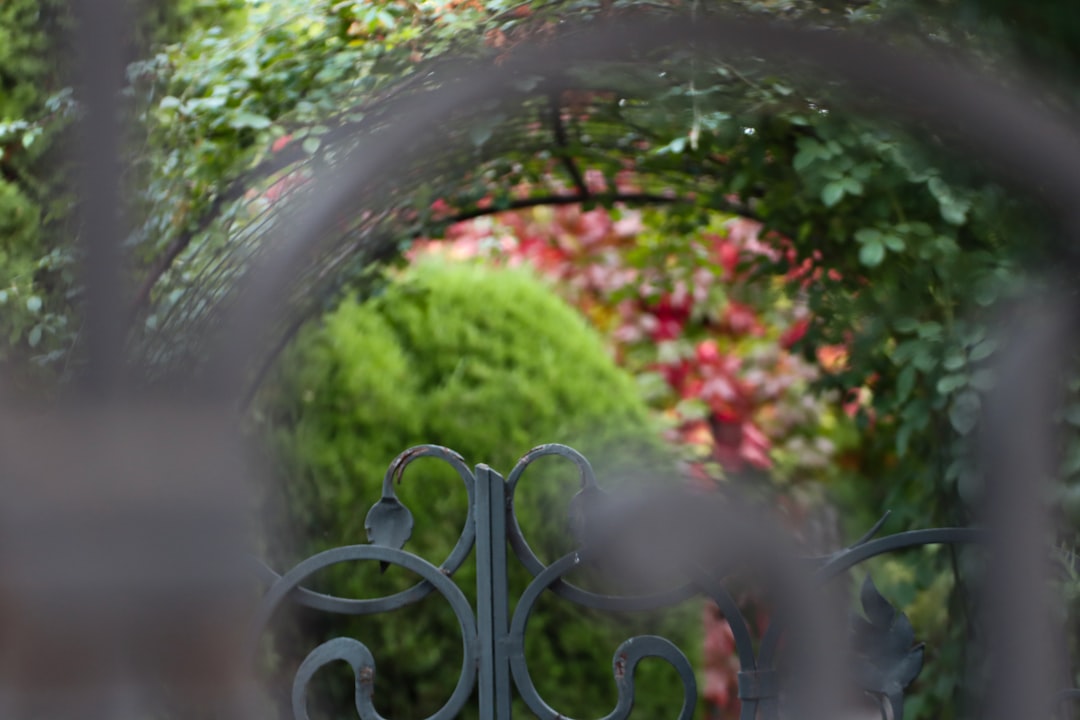Crafting an Everlasting Outdoor Oasis

Creating a garden that stands the test of time is an art form that combines creativity, functionality, and a deep understanding of nature. In the world of garden design, there are several easy - to - follow principles that can guide you towards crafting a timeless outdoor space. Let's explore these essential elements that will transform your garden into a haven of beauty and tranquility.
One of the first steps in garden design is to understand the concept of balance. Balance in a garden can be either symmetrical or asymmetrical. Symmetrical balance involves creating two identical halves on either side of a central axis. This type of balance is often seen in formal gardens, where geometric shapes and neatly trimmed hedges are prominent. For example, a large fountain at the center of the garden with two identical flower beds on either side creates a sense of order and stability. On the other hand, asymmetrical balance is more organic. It involves arranging different elements in a way that still feels harmonious. You might place a large tree on one side of the garden and a group of smaller shrubs on the other side, using the mass and visual weight of the elements to create equilibrium.
Another crucial principle is proportion. The size of each element in your garden should be in proportion to the overall space. A large statue in a small garden can look out of place, while tiny decorative elements in a vast expanse of land can get lost. When choosing plants, consider their mature size. For instance, if you have a small front yard, opt for dwarf varieties of trees and shrubs. This ensures that your garden doesn't become overcrowded as the plants grow.
Rhythm and repetition are also key to a timeless garden design. Rhythm can be created through the repeated use of certain elements, such as the same type of flower or a particular shape. You could plant a row of lavender plants along a pathway, creating a visual rhythm that draws the eye. Repetition can also be used with hardscape elements, like using the same type of stone for the patio and the garden border. This creates a cohesive look and ties the different parts of the garden together.
Color is a powerful tool in garden design. A well - thought - out color scheme can enhance the mood and atmosphere of your garden. You can choose a monochromatic color scheme, using different shades of the same color. For example, a garden with various shades of pink, from pale blush to deep magenta, can create a soft and romantic feel. A complementary color scheme, on the other hand, involves using colors that are opposite each other on the color wheel, such as purple and yellow. This creates a vibrant and eye - catching contrast.
Texture adds depth and interest to a garden. Different plants have different textures, from the smooth leaves of hostas to the spiky foliage of yuccas. Combining plants with varying textures can create a multi - dimensional look. You can also incorporate hardscape elements with different textures, like a rough - hewn stone wall next to a smooth wooden bench. This contrast in textures makes the garden more visually appealing.
Functionality is an important aspect of garden design. Consider how you will use the garden. If you love to entertain, you might want to create a large patio area with comfortable seating. If you have children, a play area with soft grass and some climbing structures could be a great addition. A vegetable garden can be both functional and beautiful, providing you with fresh produce while adding a rustic charm to the outdoor space.
Finally, don't forget about the importance of maintenance. A timeless garden should be easy to maintain. Choose plants that are suitable for your climate and soil conditions. Native plants are often a great choice as they are adapted to the local environment and require less watering and fertilizing. Regular pruning and weeding will keep your garden looking its best.
In conclusion, by applying these easy design principles of balance, proportion, rhythm, color, texture, functionality, and maintenance, you can create a garden that is not only beautiful but also stands the test of time. Whether you have a small urban garden or a large rural estate, these principles can be tailored to suit your space and personal style, allowing you to enjoy a timeless outdoor oasis for years to come.